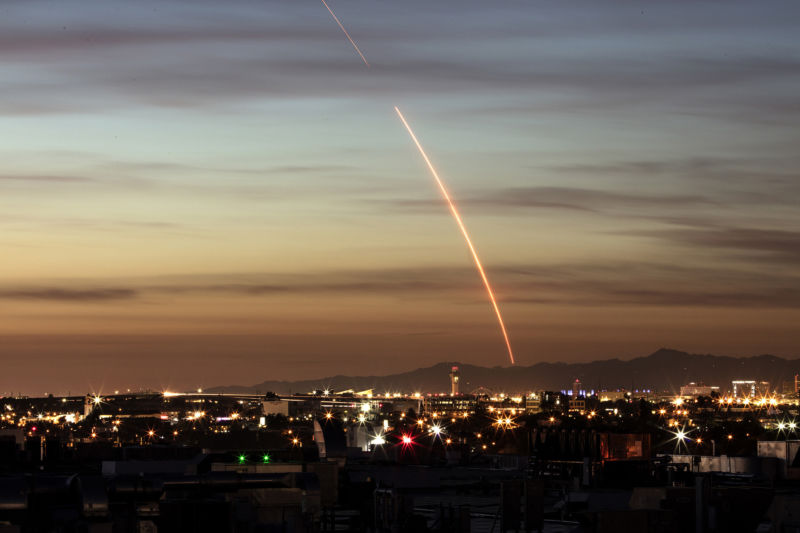
For the United States, last year was a watershed in the launch industry. With 29 orbital launches from US soil, America led the world in total launches in 2017 for the first time in more than a decade. And it wasn't really a close competition, as the United States was followed by Russia, with 20 launches, and China, with 19. More than one-third of successful orbital missions flew from US soil last year.
All of the 29 US launch attempts were successful, whereas Russia had one failure (a Soyuz 2.1b rocket in November), and China had one failure (a Long March 5 rocket in July) and one partial failure (ChinaSat 9A in June). In 2016, the United States tied China for 22 launch attempts. Prior to that, Russia had led the world in orbital launch attempts every year since 2003, when space shuttle Columbia burnt up during its return through Earth's atmosphere.
The surge in US launch attempts last year was led by SpaceX, which had a record year and completed 18 missions with its Falcon 9 rocket. United Launch Alliance contributed eight flights, with six Atlas V missions and two Delta launches. Overall, with 18 flights, SpaceX very nearly exceeded the number of successful missions flown by any other country, with 18 flights compared to Russia's 19.
2018 space race
Looking ahead to 2018, the competition between the United States and China could be intense as both countries are likely to step up their flight rates this year. Russia, whose commercial launch market has been hampered by SpaceX's rise, is not expected to significantly increase its launch count in 2018.
In the United States, SpaceX President and Chief Operating Officer Gwynne Shotwell has said the company plans to ramp up its flight-rate cadence by about 50 percent above its 2017 performance. That means the company could fly as many as 25 to 30 missions, alone, from its three US-based launch pads.
Meanwhile, China is looking to bounce back after its failures in 2017, when the loss of the workhorse Long March 5 rocket took the country's main space contractor out of service for three months. According to a report in gbtimes, which tracks the Chinese space program, the China Aerospace Science and Technology Corporation is aiming for 35 launches in 2018.
Moreover, the country's defense contractor and a private company are planning additional orbital launches from China this year. That could push the country's total above 40 for 2018. That would represent a significant step forward for a country that has never attempted more than 22 orbital launches in a single year.
reader comments
116